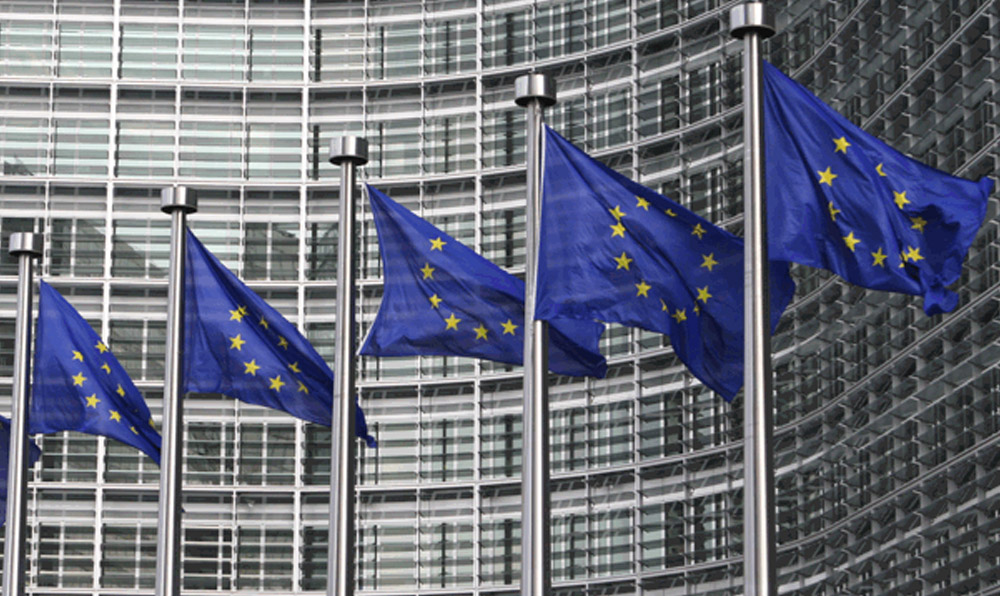In past articles, we’ve talked about the important role end user documentation can play in the area of export and trade compliance.
In a nutshell, end user due diligence means procuring documentation confirming who the part, product or good will ultimately go to, and how it will be used. But one area of concern to many businesses is the friction it can create in the sales cycle.
Sales teams often view end user compliance as an unnecessary step that can delay or even abort a sale, thus affecting their commissions and ultimate personal bottom lines. However, there are very good reasons for organizations to take necessary end user due diligence steps as early in the sales process as possible.
Free up resources that could be better spent on transactions that are legal
Organizations are not absolved of how items are used once they have left the building. The Bureau of Industry and Security (BIS) has pretty comprehensive guidance on the matter, including a dedicated form to be filled out by both seller and buyer that confirms the end user and end use. One of the benefits to initiating the end user confirmation process at the beginning of the sales cycle is that it can help prevent headaches later on in the process—and allow sales reps to move on to more worthy prospects.
And depending on the nature of the business, such as those manufacturing made-to-order goods, for example, those on the production or manufacturing side can spend time working on projects that will ultimately, and legally, reach their destinations.
Remove the fear of potential fines and other penalties
In addition to halting a non-compliant sale in its tracks before further allocating any internal resources, failing to conduct end use and end user due diligence can lead to serious repercussions. Businesses risk potential fines, civil and criminal penalties, and bad press. No one sale is greater than the larger standing of any company. BIS itself warns: “the penalties of non-compliance—or making false statements—can be fairly serious, including ‘imprisonment or fine, or both and denial, in whole or in part, of participation in U.S. exports and reexports.’”
Consider end user documentation as a litmus test
One of the perceived barriers to conducting the end use exercise at the earlier stages of the sales cycle—or forgoing it altogether—is the potential pushback from the prospect or potential client. There’s a perception that a request for end use documentation won’t go down well, with the purchaser pushing back. While this does have the potential to lead to delays or escalated tensions before the sale is even closed, buyers on the up-and-up are likely to be very cooperative. In the event of push back, or even refusal to comply, organizations would do well to see this as a huge export compliance violation red flag, and would be best served to halt the sale until such documentation is received. Or even cancel the sale altogether to be on the safe side.
Everyone wins when the sales team is on board with the process
While sales representatives’ pushback against the need for end use and end user compliance ahead of closing most sales is understandable, the more they understand the importance, the greater the buy-in. Conducting internal awareness training and seminars, as well as clearly communicating management support, can go a long way towards achieving said buy-in.
Having clearly defined and communicated procedures in place, and what is ultimately at stake in the event of an export violation, can also play an important role. Even better is to have an export compliance solution in place that can manage multiple export and trade compliance activities, including the ability to record and store end user/use compliance documentation in one centralized repository.
Whatever the steps taken by an organization, in the end, it’s always advisable to have all bases covered when it comes to export and trade compliance due diligence. And when it comes to end user/use compliance, erring on the side of caution is never a bad idea.


